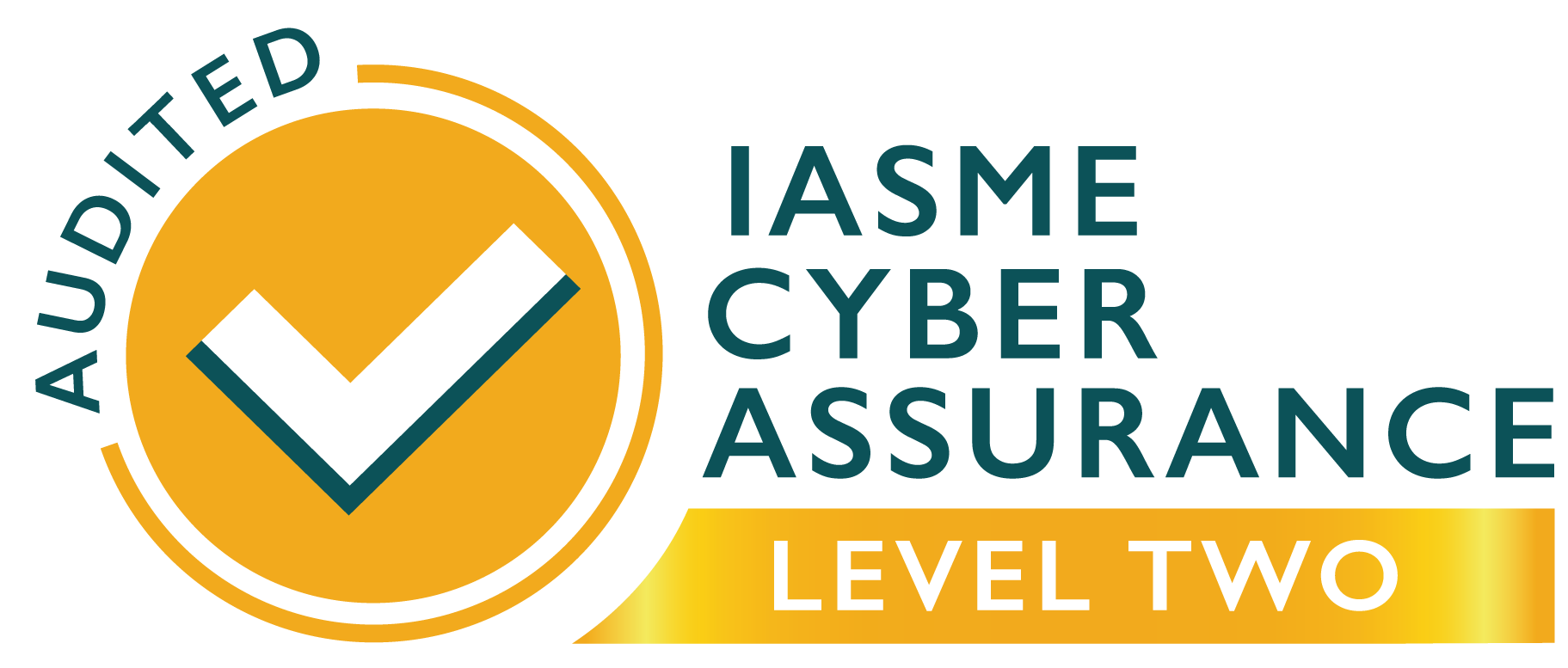
Small business networking tools
While we may all know that the most powerful connections are forged in person, this is 2018 and that means that many of us will be doing a lot of our networking online. In fact, businesses on lower budgets may do all of their networking online. That being so, here are five networking tools that small businesses should look at.
LinkedIn has been described as “Facebook for grown ups” and that’s actually a pretty accurate description. These days, anybody in a professional environment is expected to have a LinkedIn profile and companies, even small ones, should also have their own page.
This is a minimum, but there’s so much more you can get out of the platform.
In particular, like Facebook, LinkedIn is full of groups, albeit for different sorts of interests and these can be great places to make connections and get helpful, well-informed advice. Some are spammy but some are invaluable, so explore groups relevant to your specialism and see which provide useful contacts and information for your business.
It’s also worth noting that parent company Microsoft is now finally taking steps to integrate LinkedIn with its other products such as Office and Dynamics CRM, which could make for interesting future developments both in terms of networking and in terms of LinkedIn’s general usefulness.
TweetDeck
Networking should involve at least as much listening as talking and that means keeping your digital ears open for what people are saying about you on social media. There are various ways to go about this, but TweetDeck stands out because it’s simple to use, efficient and free. As TweetDeck is owned by Twitter, it only works on this platform, but for small businesses, this may well be enough.
Don’t underestimate the value of Twitter itself as an active networking tool. Twitter’s hashtag-based system makes it relatively easy to become part of conversations, which is basically what networking is all about.
Constant Contact
Email is still one of the key ways to communicate with people, so use Constant Contact to make sure your communications look good, with a range of attractive and effective templates, analyse your results courtesy of easy-to-read reports and clean your email database as you go by removing the likes of bounced emails.
Rapportive
Another email tool to grab hold of is Rapportive, which adds onto your email inbox interface and provides additional information about your contacts as you read their emails or reply to them. While this may be less useful than it was prior to being acquired by LinkedIn (it provides less information now), it still gives you wider background information that can help you to woo your prospects and impress your contractors with personalised messages that relate to their recent LinkedIn posts.
Business cards
It’s old school but, at real-world networking events, investing in some high-quality, physical business cards will make all the difference in the way you connect with other people. Use them in tandem with an app like CamCard or ABBYY Business Card Reader to convert the cards you receive to email contacts so that you don’t have a desk full of clutter and can arrange the data about your recent networking partners electronically.



